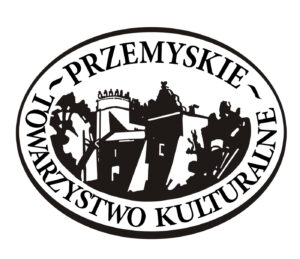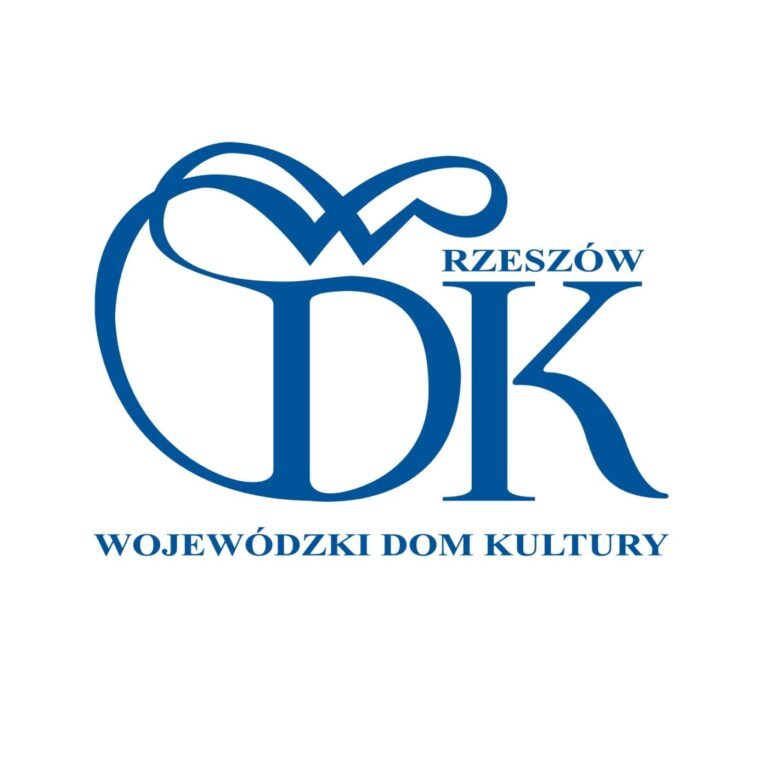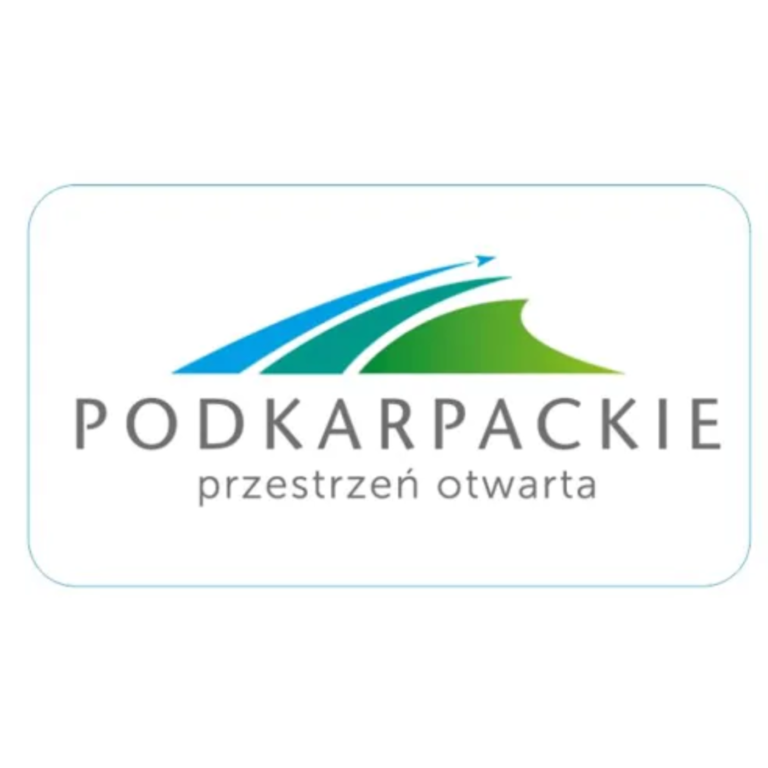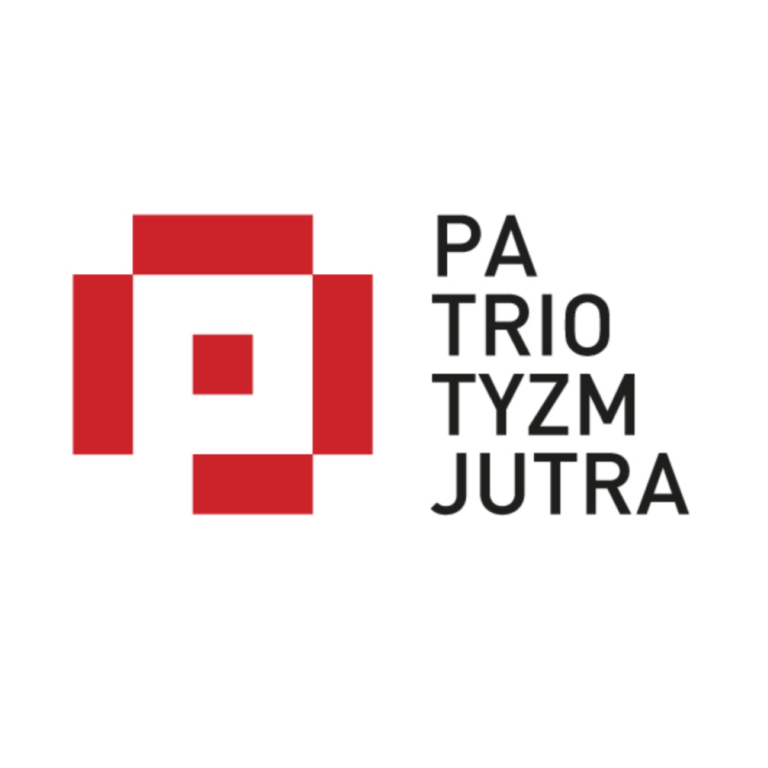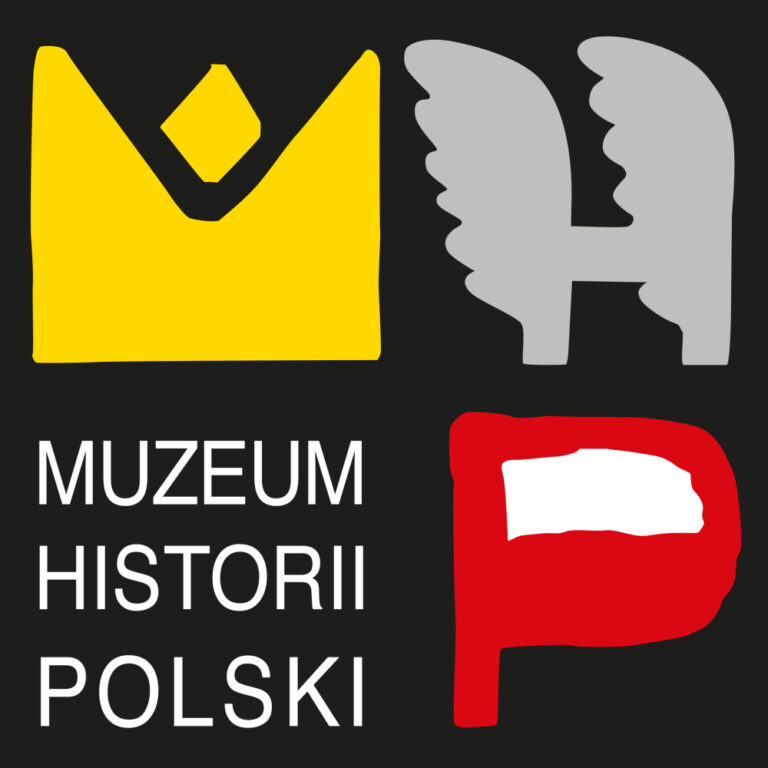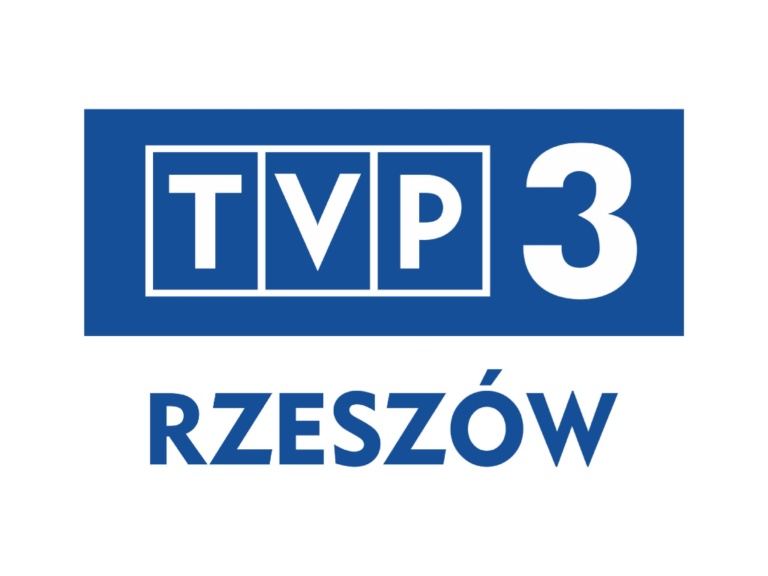Cultural environment of the opposition in Przemyśl during the period of martial law and the building of the independent Republic of Poland
(...)
and we felt that we would come back here again and again
by rail or a balloon borrowed from another era
imagination because on this warm August evening
all boundaries opened to us
and was Jerusalem rebuilt
(Wojciech Wencel "Evening in Przemysl".
From the volume "Polonia aeterna", Krakow 2018)
I accepted the offer to write this text in the hope that my recollections of the people and issues of the opposition associated with Przemysl and the reflections caused by the images stored in memory may be useful to readers interested in these issues. I was their "spectator and participant" (according to Raymond Aron's well-known formula), first a distant spectator in space, then I participated a little in the cultural activities of the Przemyśl independence community. I lived in Warsaw, worked at the Institute of Literary Research of the Polish Academy of Sciences and was active in the Club of Catholic Intelligentsia. Since the late 1970s, I taught at the Catholic University of Lublin's Polish Studies Department, full-time since 1985. Before that, I had lectures or participated in scientific conferences, and above all, I met with the editors and contributors of the independent magazine of young Catholics "Encounters" published in Lublin, with which students from the Podkarpacie region also collaborated. Despite the geographical remoteness, already in the late 1970s the Przemysl Land was not something foreign to me - it focused attention directed at contemporary Polish issues.
But even before that I had met people coming from these parts. In my first year of Polish Studies at the University of Warsaw, I had classes together with Jozef Kurylak, and I especially remembered a German language class, because Józek spoke with devotion about Rilke, who was close to him because of his metaphysical nature (no matter how defined) and probably because of the specific style of Central European culture, common to Galicia and other provinces of the former Habsburg Empire. In the following years he somehow disappeared from my sight, I guess he took dean's leaves and had breaks from his studies. So it was with pleasure, after a dozen years or so, that I read his poems printed in the Cultural Attic and sometimes met him in Przemyśl dining establishments, eating the tasty "smokers" especially here (I know what I am writing about, because I recently spent several days in Hungary). I was saddened to learn about his contacts with the SB. At the Catholic University of America, in the first years of my work, I probably met Mark Kuchcinski in passing, but commuting to classes every two weeks, I did not have time to fully participate in the theatrical and social life of the University. Now, reading the colorful memories of those days, I can't regret it.
The Przemyśl of the 1970s, the time of the first Solidarity and martial law - and I extend the temporal scope of this historical phenomenon beyond (pseudo-)legal regulations, such as the formal easing or ending of the Polish-Jaruzel war, i.e. from December 1981 to the end of 1989 - seemed to us in Warsaw or Lublin, an enclave of freedom in Communist-ruled Poland. First the Roman Catholic Church of Przemysl, led by Archbishop Ignacy Tokarczuk, one of the most prominent figures of the time, demonstrated its uniqueness. He became Bishop of Przemyśl in 1962 and led the diocese until 1993. He was also the author of important publications that went beyond the censorship of the communist state, making a great impression in Catholic and opposition circles (collected in volumes including "Power and Perseverance" and "Persevere and Win," both books published in 1988).
In this unique diocese, under the leadership of Bishop Tokarczuk, religious life developed on many levels, pastoral ministry was dynamic, Weeks of Christian Culture were organized and a campaign of religious construction was carried out that was unparalleled in the entire Soviet bloc, from the Elbe to the Pacific. Historians agree that during that period the construction of churches and catechetical points assumed the greatest proportions precisely in the Przemyśl diocese. Archbishop Tokarczuk encouraged the faithful to build religious buildings without permission from the people's authorities, "in the wild," and therefore illegal from the point of view of the communist law.
Under the protection of the Przemyśl Church, intellectual activities could thrive: artistic, literary, popular science, all metapolitical. I remember that coming to the lectures within the framework of the Weeks of Christian Culture, and later the cultural activities of the Przemyśl opposition environment, as soon as I left the historic train station I breathed lighter not only because of the fresh air of the Podkarpackie region. In addition to meetings in the interiors of temples and church halls, discussion meetings in private homes were unforgettable, and a special place was the attic of the Kuchcinski family home. The young Marek, formerly a student of art history at the Catholic University of Lublin, continued the family tradition as a gardener, while expanding into artistic and scientific areas - co-organizing art exhibitions, author meetings, and with time editing a cultural magazine. Many of the meetings were held in the attic of his house, adapted for this purpose and surrounded by a large garden. This was probably one of the reasons why the new off-censorship periodical was titled "Cultural Attic," edited by Miroslaw Kocol, Marek Kuchcinski and Jan Musial, who is closest to me professionally, because he is a polonist.
II
Unusual people connected with the land (or diocese) of Przemyśl, later contributors to the "Cultural Attic," I met from the late 1970s elsewhere in Poland, primarily in Warsaw and Krakow.
The co-editor of "Attic..." I must have first met Jan Musial in Sandomierz or Wroclaw at conferences of literature lecturers in seminaries organized by the Catholic University of Lublin. Jan had taught Polish philology at a university of this type in Przemyśl. It was difficult to assume that this talented Polish philologist would in a few years occupy himself mainly with political activity and reach in the service of the Republic the dignity of senator, governor, president of the Polish Information Agency... Then he returned to scientific and teaching activity, publishing valuable literary studies, especially in the field of history and theory of literary criticism, which is close to me, and serving as chancellor of the Przemyśl State Higher Vocational School. In recent years, he seems to have returned to the beginning of his life path, teaching at the seminary of the Lviv archdiocese in Brzuchowice (a town also associated with Zbigniew Herbert) and at the Przemyśl seminary.
I met the later rector of the Przemyśl State Higher Vocational School and senator from the Podkarpacie region, Jan Draus, back in the 1970s in the circles of the cultural and political opposition in Cracow, as he studied at Jagiellonian University. We became closer through our common interests and research of the great independence emigration in the 20th century, and later by printing works on the subject. Despite the troubles and persecution by the communist authorities, he tirelessly continued his scientific path, now becoming a leading historian of the recent history of our homeland and the author of more than a dozen books and even more numerous documentary studies.
Mariusz Olbromski began his civic activities in Lubaczow's Club of Catholic Intelligentsia, under the protective wings of Bishop Marian Jaworski, who was apostolic administrator in Lubaczow from 1984 to 1991, before becoming Lviv metropolitan, chairman of the Roman Catholic Bishops' Conference of Ukraine and a cardinal. Today, Mariusz is the author of more than a dozen books, as many as literary, and mostly poetry. In addition, he is a leading expert on the Borderlands and Polish-Ukrainian cultural ties, a figure of great merit for bringing Poles and Ukrainians together. He successfully served as director of the National Museum of the Przemysl Region and the Iwaszkiewicz Museum of Literature in Stawisko near Warsaw. Together with his wife Urszula, they organized many exhibitions, cultural events, festivals , led by the series of international meetings "Dialogue of Two Cultures".
"The Cultural Attic," understood more broadly as an active environment organizing author meetings, exhibitions, concerts and disputes, had its own peculiarities. Recalling memories and comparing various venues and opposition circles, I must say that in the attic of the Kuchcinski house there was a more relaxed social atmosphere created by the host, who also brought in some elements of the bohemian tradition with a hippie tinge. There was absolutely none of the gloomy viciousness of the political coteries or the doctrinaire fanaticism of the leftist groups already sprouting then, and so exuberant in the Third Republic. But also absent from Marek Kuchcinski's attic was the worldview eclecticism that was so prevalent at the time - the aforementioned artistic aestheticism was interestingly and presciently combined with Christian philosophy, national values and conservatism of a slightly liberal hue.
Also in the independent Republic, Przemyśl and the entire Podkarpacie preserved its uniqueness, becoming a bastion of patriotism and Catholicism. Neither post-communists nor leftist liberals ever gained the upper hand here, nor did the nihilistic and simplistic movements of the modern Cultural Revolution gain support. For many in other regions of Poland (and perhaps in Europe), like the undersigned, the attitude of the citizens of the former Galicia has been a comfort in the last thirty years. The puzzle of the spiritual resilience of the Podkarpacie region requires detailed research, but several reasons can already be identified. The transmission of Polish traditions and high Western culture is strong here, religiosity is higher than in other parts of Poland. One should also take into account the aesthetic dimension, after all, this is - next to the Małopolska province - the most beautiful region of our homeland, combining the advantages of landscape with the charm of architecture. A sight that particularly moves me is the piling up of magnificent churches in Przemyśl on three levels, an architectural marvel and a sight comparable in the world probably only to the panorama of Toledo as seen from across the Tagus River.
Perhaps the cultural and political uniqueness of Podkarpacie lies in the combination of the moral and aesthetic dimensions - Herbert was right when he wrote the poem The Power of Taste, in which he argued for the ethical qualities of beauty. When I think of the cities of the southeastern borderlands of the present-day Republic, I am also reminded of Thomas Mann's classic essay Lübeck as a spiritual form of life. In it, one of the greatest writers of the twentieth century wrote about his hometown, a small city on the borderlands of his homeland, as a uniquely culturally valuable environment through which he created his works.
III
At the beginning of June 2019, a valuable volume was published through the efforts of the National Museum of the Przemysl Region, which is a reprint of the independent (initially underground) literary and art magazine "Cultural Attic", as I mentioned, edited by Marek Kuchcinski and Jan Musial, graphically designed by Miroslaw Kocol. I know that many readers were surprised by this beautifully published volume. We are accustomed to memoirs and historical works reporting on ad hoc, purely utilitarian, publications outside the censorship, graphically poor prints with barely legible type on poor quality paper - so it was with amazement to browse through a magazine filled with poems and literary sketches decorated with reproductions of contemporary artworks.
The magazine was the result of a couple of years of cultural and political activities of the milieu of the Przemyśl intelligentsia. Since 1983, there were individual and collective exhibitions of Polish and foreign artists, concerts, discussions, author meetings. The small city, located on the border with the Soviet Union, was teeming with cultural life at the highest level. Recall, for example, that artists of such class as Tadeusz Boruta and Henryk Waniek exhibited there, had author meetings Bohdan Cywinski, Ryszard Legutko, Leszek Moczulski, Tadeusz Mazowiecki, Jan Józef Szczepański. English philosophers and art makers spoke, as well as Mark Lilla of Harvard University (now a prominent figure in the world humanities).
Particularly valuable at the time, and now very impressive, was the international dimension of the "Attic ..." and accompanying art events, bearing in mind that this was an underground cultural activity in a county town. Beginning with the second issue, texts were printed by British artists and scholars representing free, anti-communist attitudes, who therefore could not appear in the official culture of the People's Republic of Poland, and also after 1989 had a difficult reception in our country. What impression this island of freedom in the dirty red sea of communism made on them is evidenced by a memoir written decades later by Roger Scruton, a leading conservative philosopher in the world today: "Everywhere I went, it was clear how effectively the Communist Party had once again wiped out Poland's civil society, leaving the remnants to the Church. (...) And then I came across Przemyśl. (...) Their discussion group was described as an attic, and when I met them, I found myself in an open community of normal people who were determined to live, paint, write and discuss as if the Party was nothing more than a stream of dirty water flowing in the sewage below."
And yet, knowledge of such a valuable phenomenon of free culture in the 1980s in Przemyśl is meager, even in academic studies or those with such ambitions. Among researchers of that decade, hardly anyone mentioned the "Cultural Attic" environment. The modesty of the creators of this phenomenon, later rectors, provincial governors, senators, marshals, was commendable, but it is time to put an end to it and bring this valuable part of the independence tradition into the collective consciousness. The silence on the achievements of the Przemyśl island of freedom with the "Attic" ventures is one example of the uneven study of recent native history, especially cultural history. Over the years, the dominant political and media centers have marginalized the conservative-Catholic and radical-independence tradition. This affected scholarly preferences and uneven funding for historical research and popularization campaigns. This began early, while the Cultural Attic was still in existence - I described one characteristic case (the adventure with the Parisian Culture) in the introduction to the aforementioned Cultural Attic reprint.
Undoubtedly influenced the high level and specific style of cultural activities and editing "Attic..." local traditions, more than a thousand years old. Przemyśl was a city of cultural borderland, Polishness shimmered with many colors, education at a high level developed in for centuries - in the 15th century a chapter school was established at the cathedral, in 1654 the Jesuits established a college. The modern development of higher education, since 1990, had a solid foundation, and the spirit of the place attracted outstanding scholars giving lectures at the Society of Friends of Science or the Przemyśl Viscountess, but also working full-time at local universities, such as the eminent historians Ryszard Terlecki and the aforementioned Jan Draus, the leading Polish linguist and folklorist Jerzy Bartminski, the most prominent Gombrowiczologist in the world today, Jerzy Jarzębski. It seems to me that few residents of the Przemysl region are aware of what class of scholars were active here.
III
The following important fact should be noted. Although "Cultural Attic" began to appear at the end of 1988, it was the result of a process that lasted several years, that is, a comprehensive cultural life in Przemysl. Even in purely technical terms, it was a continuation and documentation of earlier activity. Suffice it to recall the following facts - the sketches of prominent English speakers included in the first issue were delivered much earlier: an essay by Stefan Makowiecki "Fears in the attic, or anti-utopia". (attached below) premiered in January 1987, with text by Marta Sienicka "Polish complex a la Redlinski". (attached below) - in June 1986. My essay "Central Europe in Polish domestic and émigré journalism", announced in that issue, was delivered, according to "Chronicle of Attic Meetings", in August 1986. This sketch did not appear in "Attic...". - I don't remember exactly why, but probably because I used it before the second issue appeared, in early 1989, in other readings and publications.
"The Cultural Attic" (the magazine and activity of the entire community) seen from a historical perspective had original features. It combined a sense of the then current socio-political needs with a high artistic level, cognitive commitments and respect for the past. Such was the program in the field of fine arts satisfying the religious needs of the public with ambitious art created by outstanding artists. The church premises hosted exhibitions of works expressing Christian content by well-known Polish painters and English guests: artists, critics and philosophers of art.
Combining cultural tradition with innovative art, popularizing contemporary art that is difficult to receive, these were the wise goals of the exhibition activity and reproduction of such works in the pages of the "Attic". As Jan Musial said, opening the exhibition of Zygmunt Czyz in the basement of the church of the Franciscan Fathers: "Above the tangible, visual values of the processed material, we are still looking for a final value (Porębski's term), a value that opens to us a reality more sensitively, more fully matured, felt by the artist: a higher reality to which the artist tries to bear witness." (No. 1, p, 23)
Also, the essays presented in the pages of the Przemyśl magazine today draw attention with precursor tendencies and a bold look to the future. Stefan Makowiecki wrote about the important 20th century genre of anti-utopian prose, deconstructing totalitarian ideologies and regimes, analyzing the works of Zamiatin. Huxley, Ayn Rand, Orwell and other writers. He brought the history of the genre close to the time of the formation of postmodernism in the West. It was one of the first expert information about the new phenomenon and the beginning of an era not only in art. After discussing the last phase of the development of the anti-utopia (Burgess, Konwicki, Harnick), Makowiecki wrote at the end of the sketch: "In the way of narrative, character creation and imagery, these anti-utopias are closest to the poetics of the contemporary current of the experimental, postmodern novel." Later disappointments caused by postmodern literature do not take away the precursor merits of the author publishing in "Attic...".
From the beginning, the content of the "Attic" texts was far from any parochialism and nationalistic restrictions. This is evidenced by the relatively large presence of Anglo-Saxon authors, as in no local milieu of the "Solidarity" opposition including Warsaw, but also by the way in which even very Polish phenomena were presented. Professor Marta Siennicka, author with Andrzej Kopcewicz of "Historii literatury Stanów Zjednoczonych w zarysie. Century XVII-XIX", Warsaw 1983) linked Polish issues (even provincial ones) with universal problems. Redlinski's analysis of "Dolorado" links Polish complexes and local issues with similar American ones - provincial themes in our country and in the US the so-called ethnic novel and the current of prose about the American province. The author shows analogies between our myth of America as the Promised Land and a similar American myth that is one of the intellectual foundations of the United States. She also looks for universal themes - the clash between illusion and current reality, the psychological maturation of the protagonist through confrontation with an unfamiliar reality. At the end, polemicizing with Redlinski, he asks questions still relevant today: "Does the world or people really divide into West and East, as the author of "Dolorado" wants, or are the divisions more subtle? Maybe the borders run apolitically and do not necessarily coincide with currency zones? Perhaps it is precisely a matter of a certain maturity or lack thereof?" (No. 1, p. 13).
Opposition meetings in Przemyśl featured ideas that were unpopular at the time, the publication of which required civil courage. For example, breaking out of the communist bloc, we idealized the West. Of course, it was not as decadent as Europe is now, but it was also not a reality without blemishes, and this is what we wanted to see and proclaimed in disputes with supporters of the communist system. This is probably why it was only in the Przemyśl milieu and the Cultural Attic that Roger Scruton's tirades against the policies of the Western left and exposing the weaknesses of socialist ideas could appear. And what a shock to many, including me, was the thesis of the English conservative (in 1988!) constituting the title of his conversation with Jan Musial: "European unification is a pipe dream of secular bureaucrats" . And he went on to explain what he meant: "Two serious dangers for Europe precisely: the erosion of national loyalties and the emergence of a new economic superpower that lacks the will, foresight and means to defend itself" (No. 2, p. 31).
Thus, reading "Attic..." and conversations with its editors and authors were also useful during the period of political transition coinciding with the beginning of the Third Republic. They consolidated proven axiology, expanded knowledge, gave arguments in the disputes of the beginning of independence - in a word, they facilitated the march in the right direction, for which I am personally grateful.
.
